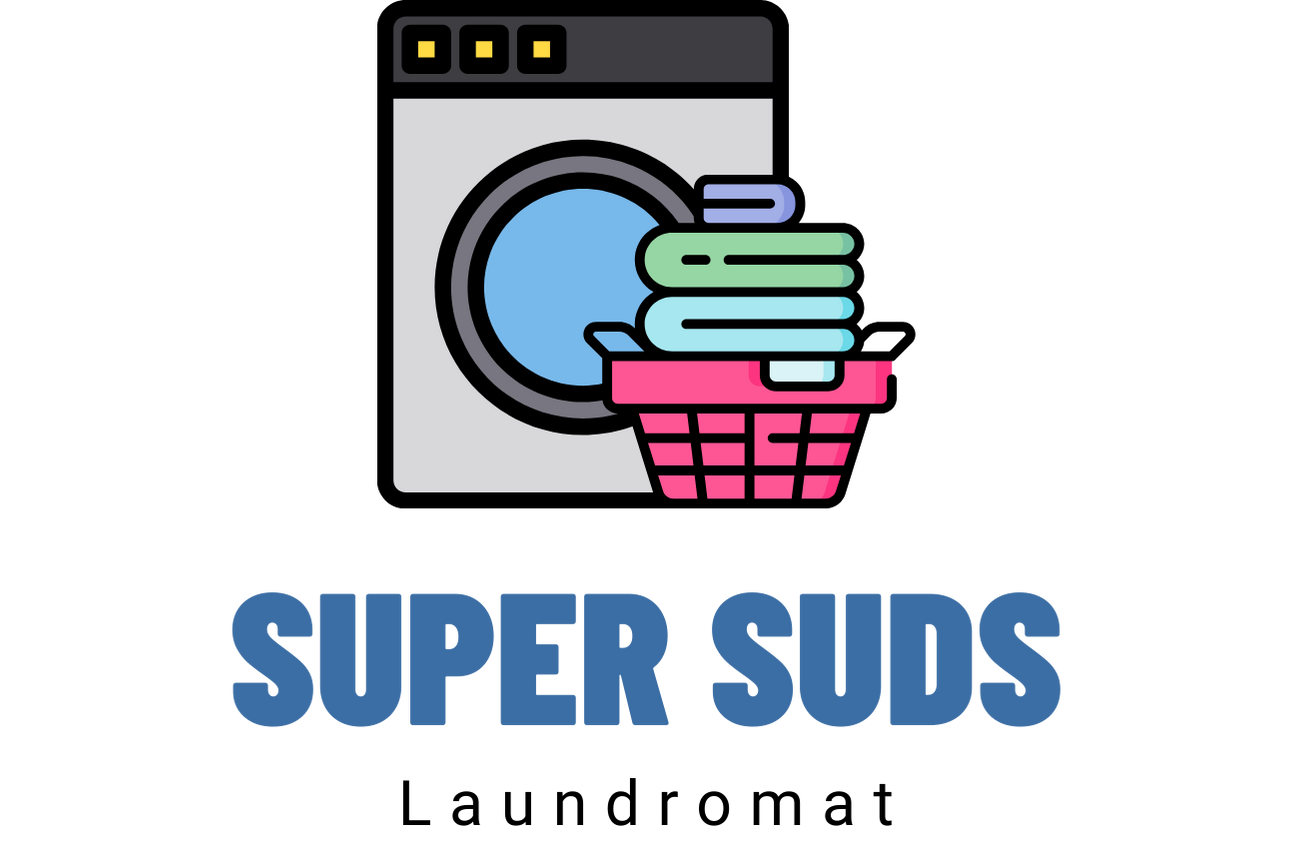In an age where convenience is king and time is precious, the laundromat remains a steadfast fixture in neighborhoods around the world. Often overlooked in the daily hustle, these unassuming storefronts offer more than just washers and dryers — they provide a valuable service, a sense of community, and, for many, a slice of routine comfort.
Laundromats have evolved considerably since their inception in the 1930s. Once a row of coin-operated machines in a basic storefront, they’ve grown into more sophisticated, customer-friendly spaces. But even as technology improves and services expand, the core purpose remains the same: to offer accessible, reliable laundry solutions to those who need them most.
A Necessity for Many
For millions of people, owning a washer and dryer isn’t practical or affordable. Apartment dwellers, students, travelers, and busy families often rely on laundromats for their weekly washing needs. In urban centers, even those with in-unit machines sometimes choose laundromats for their larger machines, which can handle bulky items like comforters and rugs more effectively.
Laundromats offer flexibility, too. Many are open 24 hours, allowing customers to fit laundry into their own schedules, not the other way around. This accessibility makes them especially valuable for shift workers or anyone juggling a packed calendar.
The Social Side of Clean Clothes
While they may seem purely utilitarian, laundromats often serve as small social hubs. In some neighborhoods, they’re gathering places where locals catch up on news, kids do homework, and friendships bloom over the rhythmic sound of tumbling dryers.
In fact, for people who live alone or work from home, laundromats can offer an unexpected sense of community. It’s a shared experience — strangers side-by-side, folding clothes, waiting on cycles to finish, exchanging small talk. It’s simple, but it matters.
Some laundromats lean into this role by providing comfortable seating, TVs, free Wi-Fi, vending machines, or even coffee bars. These additions don’t just make the wait more pleasant — they transform a chore into a moment of relaxation or connection.
Modern Touches, Timeless Purpose
Today’s laundromats are far from outdated. Many now feature high-efficiency machines that use less water and electricity, offering not just faster washes but a more sustainable approach to an essential task. Digital payment systems — through apps or reloadable cards — are becoming standard, reducing the need to fumble with quarters.
Some businesses have taken things a step further, offering full-service wash, dry, and fold options. Others provide pickup and delivery, a game-changer for busy professionals or families. This evolution makes laundromats competitive with at-home appliances, combining convenience with professional-level results.
Even the ambiance is improving. Where once fluorescent lights and linoleum dominated, now you’ll find well-lit interiors, curated playlists, and clean, welcoming environments. These changes not only attract more customers but elevate the perception of what a laundromat can be.
A Small Business with Big Impact
Most laundromats are independently owned, often by local families who live in the neighborhoods they serve. This makes them more than just businesses — they’re part of the community fabric. They create local jobs, contribute to the local economy, and provide a service that helps people live cleaner, more comfortable lives.
In times of crisis, laundromats often step up. After natural disasters, some open their doors to offer free washes. During the COVID-19 pandemic, many were deemed essential services, staying open to help healthcare workers and others on the front lines maintain hygiene and sanitation.
Their role in public health and community support is often underappreciated but critical. Clean clothes aren’t a luxury — they’re a basic human need. Laundromats help meet that need day in and day out.
Looking Ahead
As technology continues to reshape industries, laundromats are poised to evolve even further. We’re seeing the rise of smart machines, energy-efficient systems, and integrated apps that notify customers when their laundry is done. Innovations like ozone cleaning, which disinfects clothes without harsh chemicals, are also gaining popularity.
But even with all these modern touches, the soul of the laundromat remains unchanged. It’s still a place where people come together over a shared necessity. It’s still where clothes — and sometimes spirits — are refreshed.
Whether you’re dropping off a load after work, waiting with a book while the dryers spin, or simply passing time with neighbors, the laundromat continues to be a quiet, essential presence. Not flashy, not glamorous, but reliable — and often, exactly what we need.

